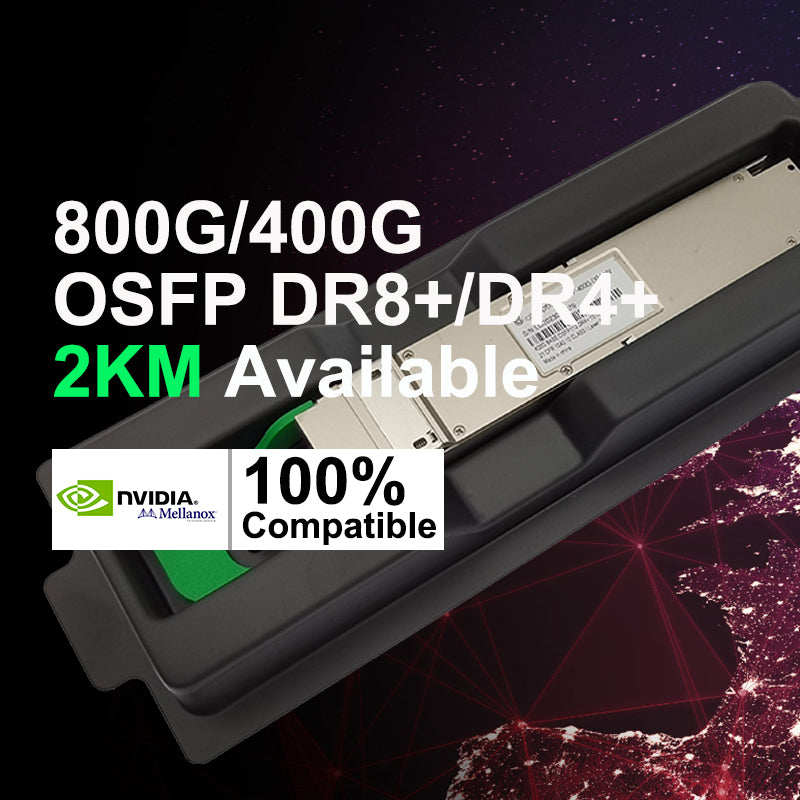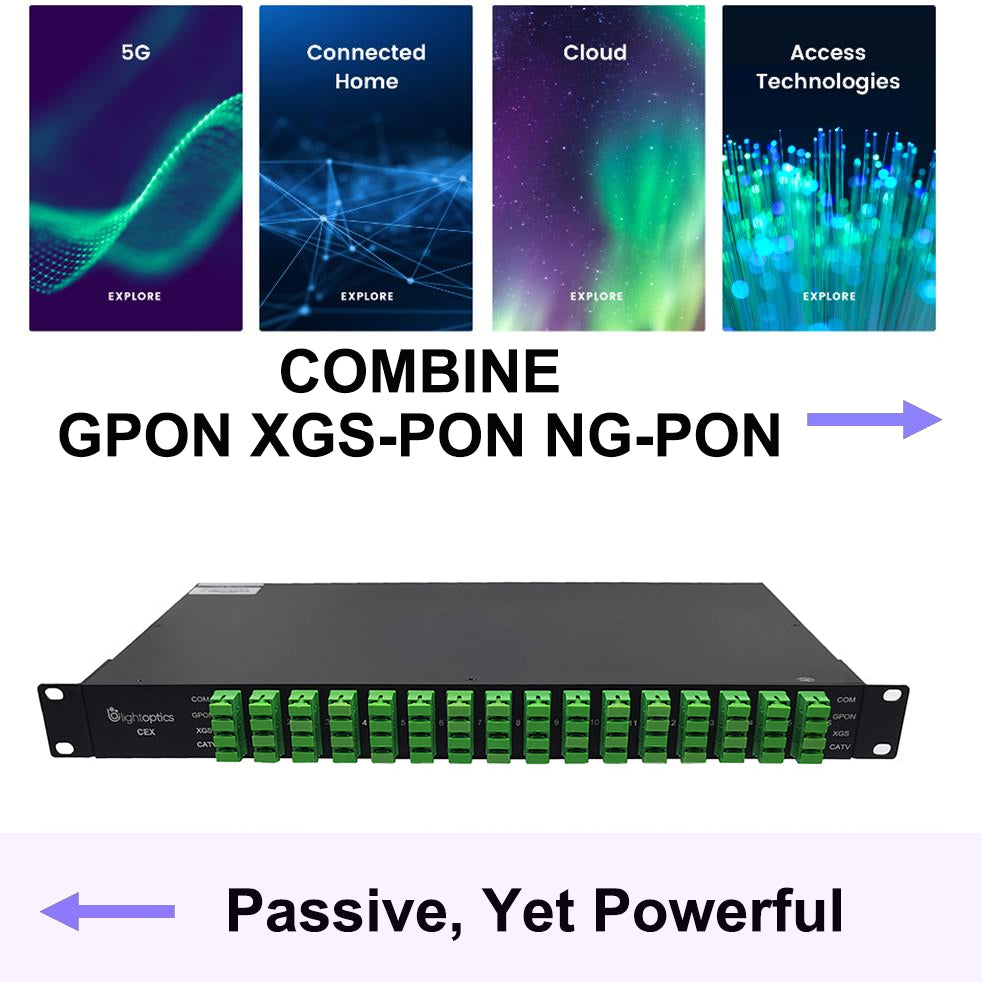AEC--the substitute of DAC and AOC?
We all know AOC active optical cables, but have you heard of AEC active cables? Today, LightOptics will introduce to you what is AEC active cable and what are its advantages?
What is AEC?
The Active Electrical Cable (AEC) is a new category of plug and play interconnect designed for affordable, lossless operation at 100G, 400G, and faster speeds. AEC delivers the simple functionality and speed of AOC without the expense and high energy draw of optics.
AECs are narrow gauge copper cables with industry standard connectors at each end. The AEC active cable is issued by the Alliance, and the AEC specification defines the standard for basic electrical and mechanical specifications. Its active cables are mainly used for the connection of ToR and servers, distributed chassis, and up to 500 cables per rack. AEC active cable supports transmission rates of 100G, 200G, 400G, package types include QSFP56, OSFP, QSFP-DD, the longest transmission distance can reach 7 meters, it has forward error correction (FEC) function and cable retiming Function to ensure a fully balanced signal with an ultra-low bit error rate.

Active Electrical Cables carry 400G over 7m
The second generation LP SPAN AEC (Low Power SPAN Active Electrical Cable) family, adding a reduction in power of nearly 50% and while increasing reach 40% compared to first generation.
The hot-swappable LP SPAN AEC is positioned as a reliable, plug and play replacement of Active Optical Cables (AOC) for high-speed interconnects up to 400Gbps at approximately half the power and lower cost.

400G LP SPAN AECs are terminated with QSFP-DD modules and support 8x56G lanes while 200G LP SPAN AECs are terminated with QSFP65 modules and support 4x56G lanes. The cables use PAM4 modulation at both ends and have integrated re-timers.
Comparing AECs and DACs/AOCs
Compare to DAC
Collectively these enable AECs to replace DACs with up to 75% less weight and volume, tighter bend radius, and longer reach at 800G. Designed to offer a clean signal for up to 7.0m, AECs are smaller than DACs—reducing the footprint required for cooling and making them easier to install. AECs also replace Active Optical Cables at up to half the power with reliability far exceed AOCs and total cost of ownership savings of nearly 65% compared to optical solutions. Thus AECs are easier to deploy than DACs due to their longer reach, lighter weight, and tighter bend radius. It’s designed for rack-to-rack connectivity, especially in Distributed Disaggregated Chassis (DDC) implementations.

Compare to AOC
AEC reduces power nearly 50% compared to AOC. A fully populated rack of AOC can often have the same power as the switches themselves, and the current supply chain does not have consistent high-volume availability. AOC also has a high relative cost of a fiber solution. This type of copper solution will have longer distances and will potentially move into use cases around the middle of row connectivity. Thus AEC will begin to replace AOC in the future.

Conclusion
The above is the AEC active cable and its advantages. As new high-performance software workloads enter the network, it is most important to have a reliable and low-cost 400G interconnection solution.
AEC active cable is a key enabling technology for DDC (distributed chassis) architecture, which overcomes the density, weight and performance limitations of copper DACs, as well as the cost and availability of AOC. Its advantages are low power consumption, low cost, and space saving. The power consumption is 25% lower than that of optical devices, the cost is 50% lower than that of optical components, and the volume is smaller than DAC. Compared with direct attach cable, it can save up to 70% of space. And it is more reliable than optics. AECs offer a high-performance alternative to short, thick DACs and high power, high-cost AOCs for data center and telecom applications.












